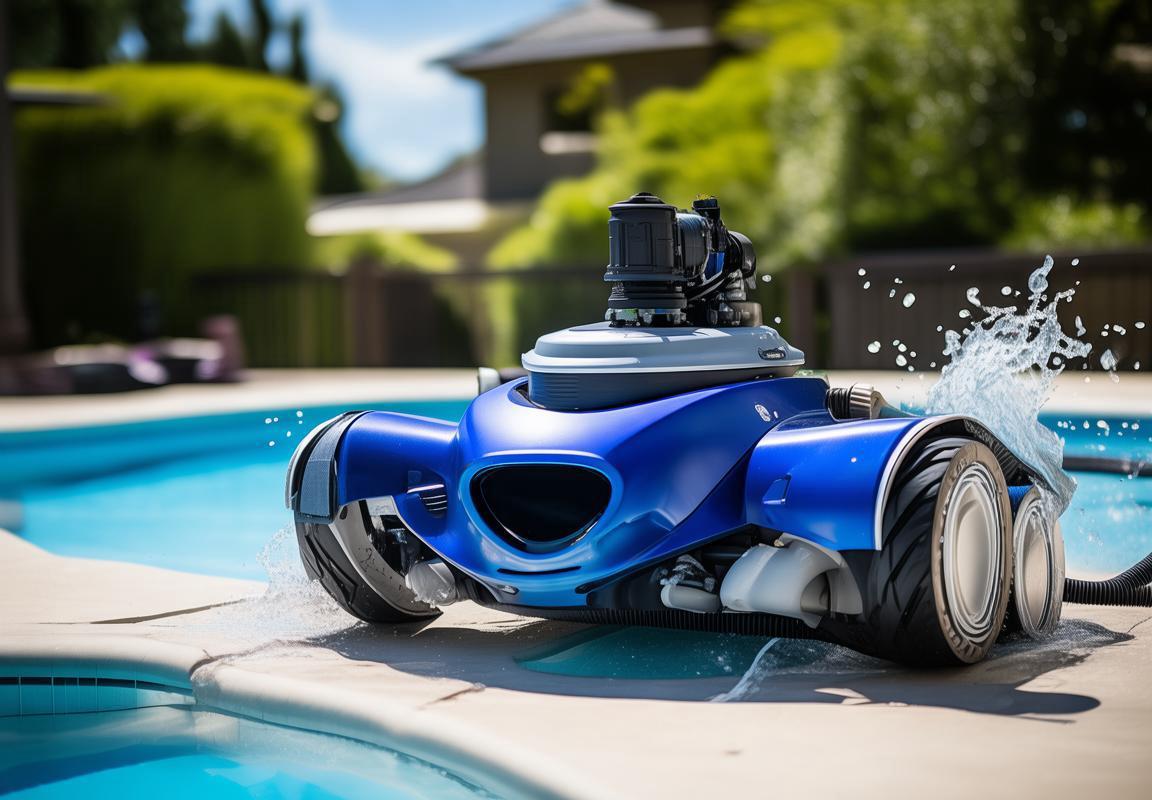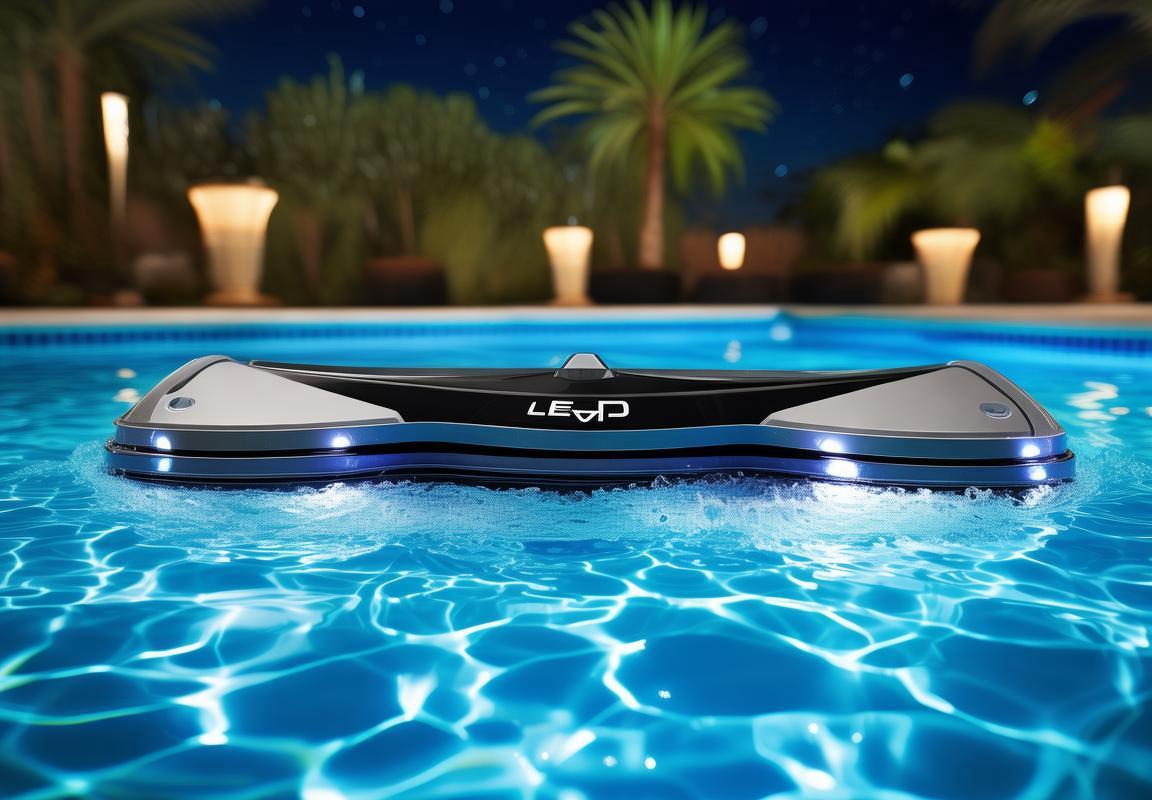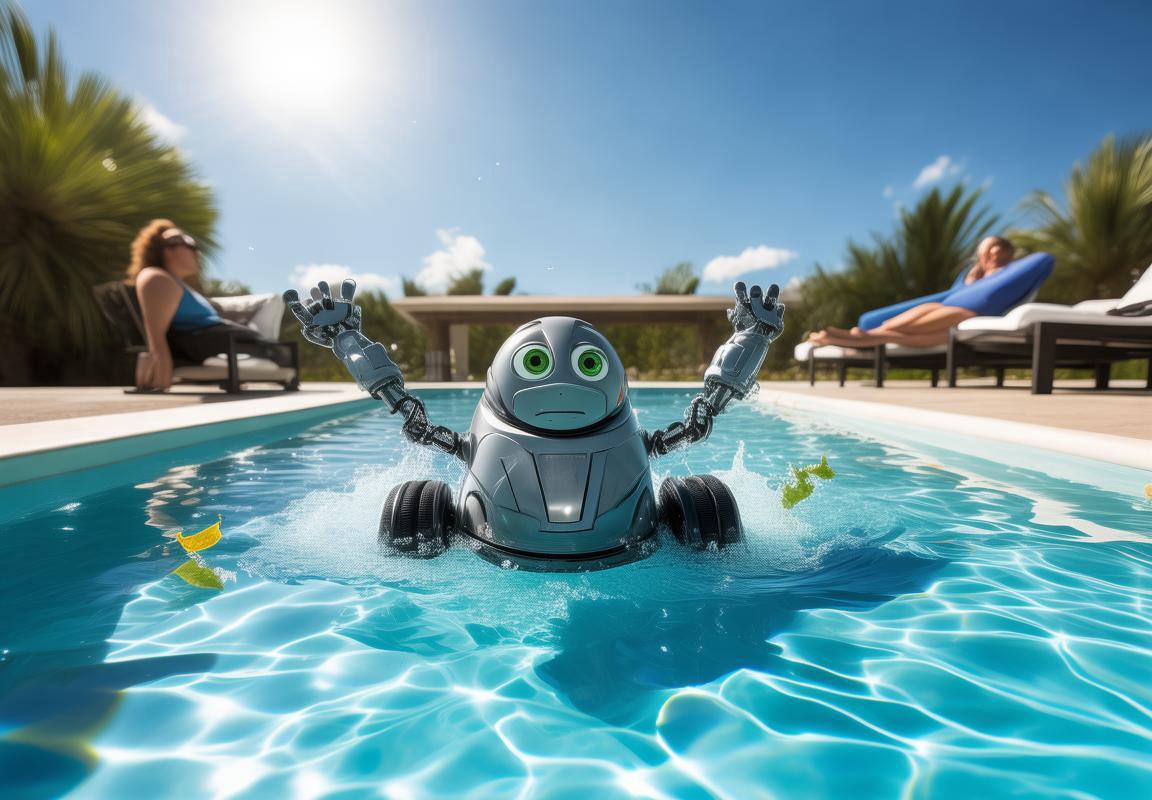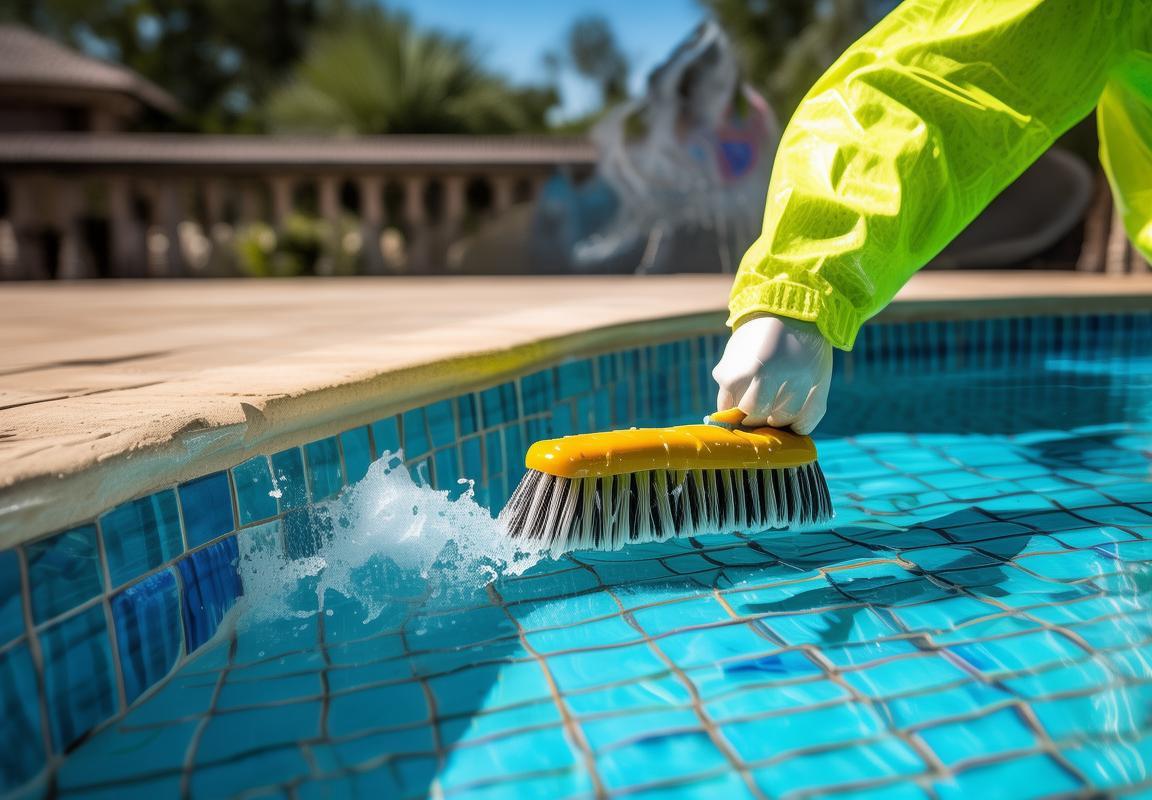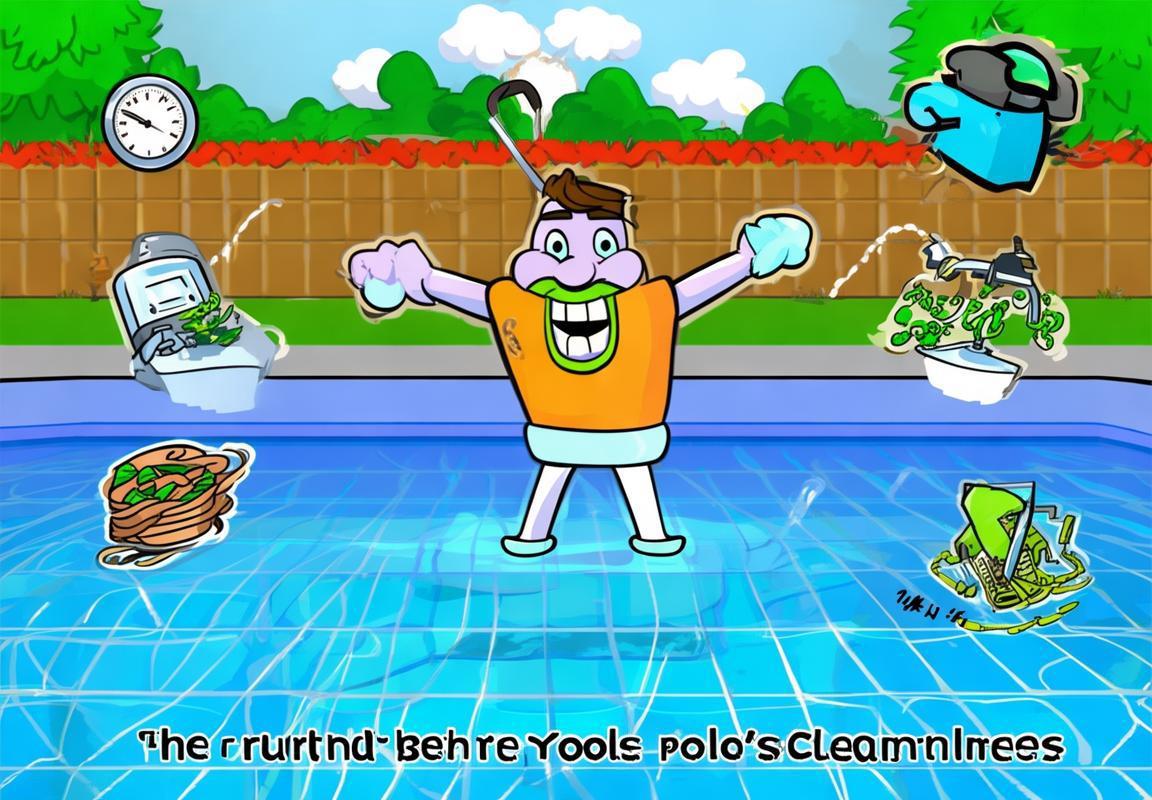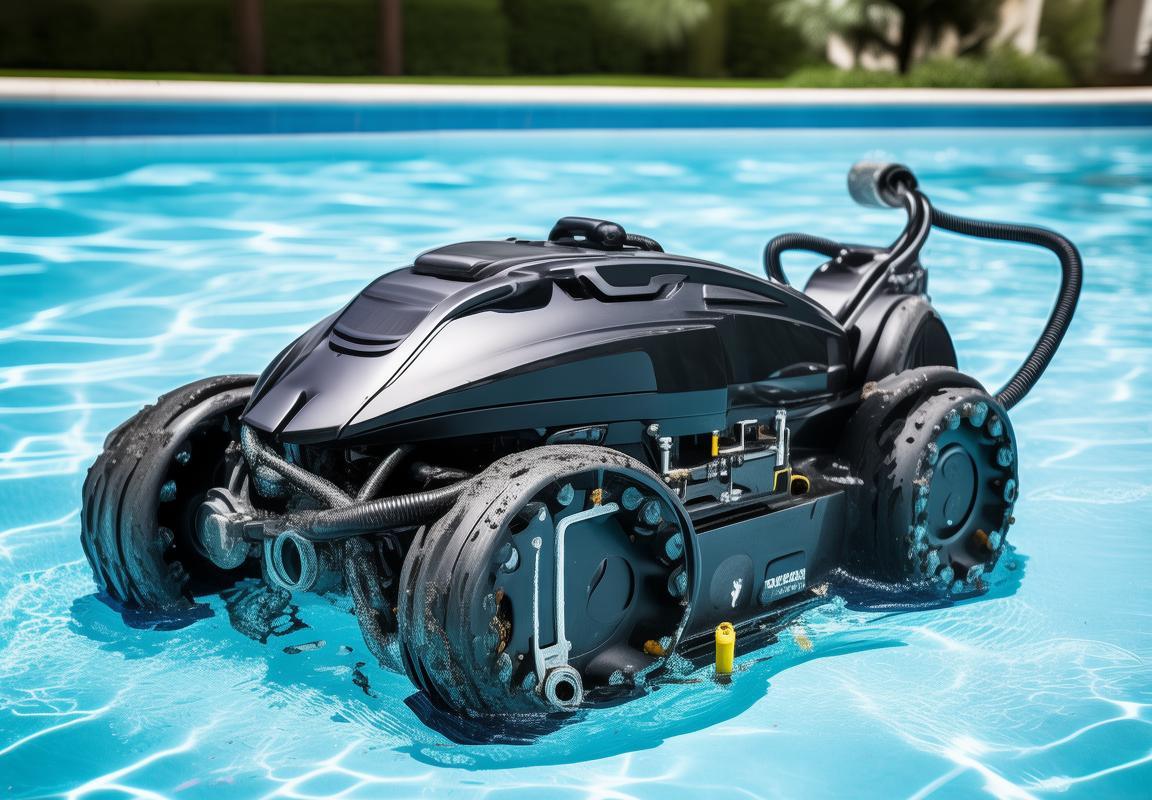Polaris 280 Pool Cleaner Parts: Fix Common Issues & Keep Your Pool Cleaner Running Smoothly” “Troubleshooting Your Polaris 280 Pool Cleaner: Essential Parts & Maintenance Tips” “The Pool Cleaner’s Guide to Polaris 280 Parts: How to Fix & Extend Its Lifespan” “Polaris 280 Pool Cleaner Parts Breakdown: Solve Problems & Optimize Performance” “Keep Your Polaris 280 Running: Must-Know Pool Cleaner Parts & Repair Hacks” “Polaris 280 Pool Cleaner Maintenance: Key Parts, Fixes & Longevity Tips” “The Ultimate Guide to Polaris 280 Pool Cleaner Parts & Troubleshooting” “Common Polaris 280 Pool Cleaner Issues & How to Fix Them with the Right Parts” “Polaris 280 Pool Cleaner Parts Cheat Sheet: Diagnose & Repair Like a Pro” “Maximize Your Polaris 280’s Performance: Essential Pool Cleaner Parts & Care
If your Polaris 280 pool cleaner is acting up—spinning in circles, moving sluggishly, or leaking—it’s likely due to worn-out Polaris 280 pool cleaner parts. Common culprits include the drive belt (replace if squeaking or loose), backup valve (clean or replace if clogged), tail scrubs (swap when frayed), and swivel seal (fix leaks to maintain suction). Regular maintenance, like checking these pool cleaner parts, prevents breakdowns. Avoid myths like “generic parts work just as well” or “more pressure cleans better”—stick to OEM replacements and the recommended 28-32 PSI. Keep the filter bag clean, inspect hoses for kinks, and store the pool cleaner properly to extend its life. With the right care, your Polaris 280 will keep your pool spotless without the drama.
